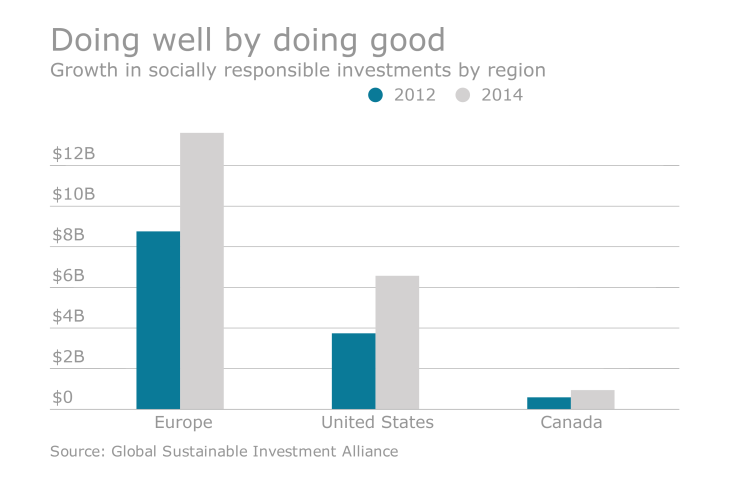At the very least, your investment committee should have a discussion about ESG and socially responsible investments. Here's why.
ESG is an acronym that stands for environmental, social and governance. These criteria represent the major non-financial items used to evaluate an investment option. ESG factors comprise the core of a socially responsible investing (SRI) approach. You may have heard SRI described as impact investing. There is a difference. Impact investing is a subset of SRI that attempts to generate positive social good in addition to the goals typically outlined in a SRI approach. For example, impact investing may target organizations that use clean technology, help feed the hungry or house the homeless.

In October of 2015, the Department of Labor issued new guidance in
The most persuasive reason your investment committee should consider ESG investment options in your 401(k) plan? Your employees. One Morgan Stanley study showed 71% of individuals are interested in SRI. For the millennial group, that response is greater than 80%.
Historically, investors in SRI strategies had to accept that their investments would probably result in lower returns and involve higher risks. Investing socially meant being willing to settle for an inferior investment approach. Things have changed. A Morgan Stanley study that analyzed the performance of 10,000 mutual funds over a seven-year period found that funds using SRI strategies performed well in comparison. In other words, as SRI has grown, investing outcomes have improved.
Put the topic on your agenda for your next investment committee meeting. Even if you do not decide to add ESG options now, it is important to start the conversation.





